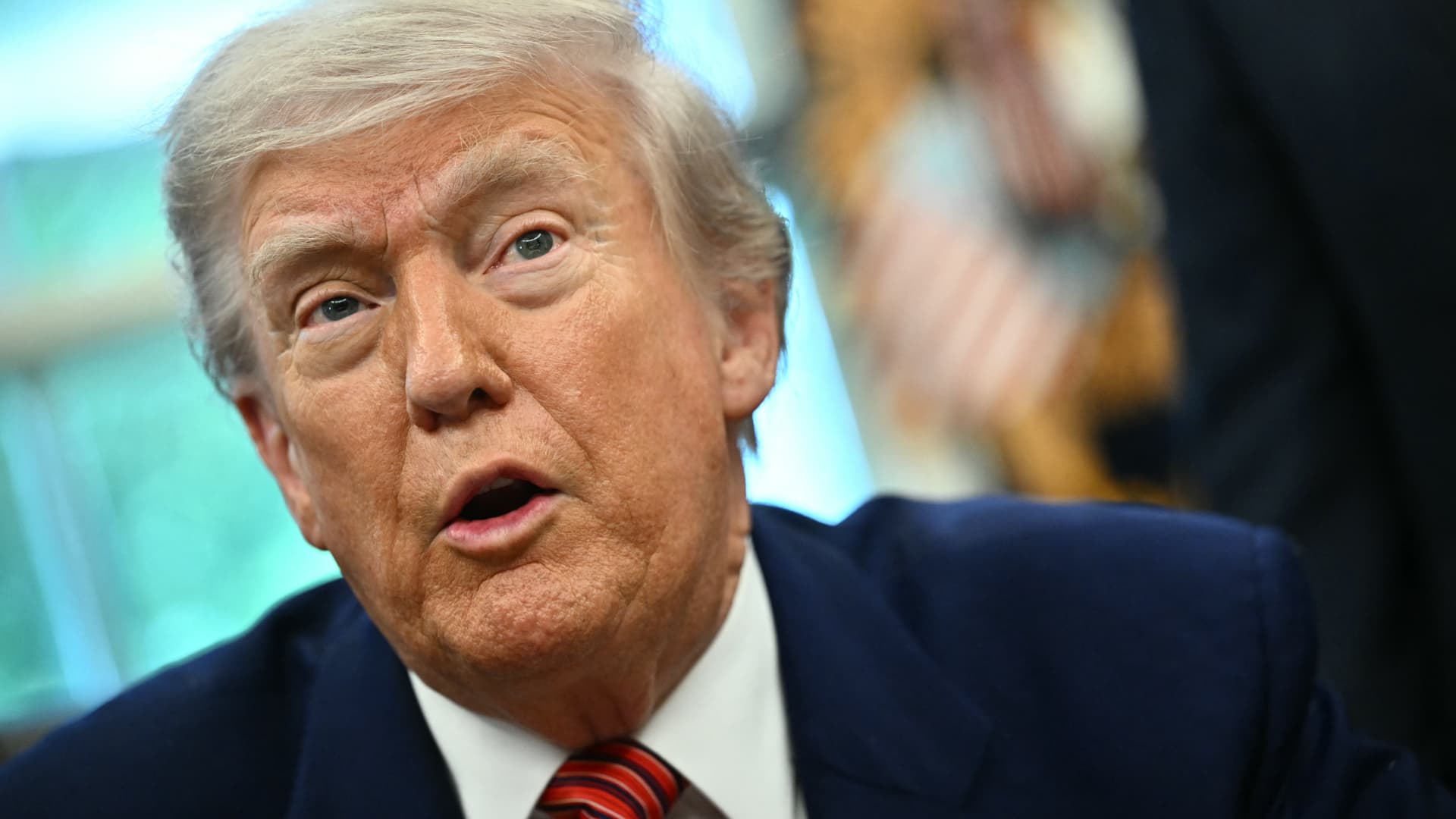The turbulent relationship between President Donald Trump’s tariff policies and the U.S. stock market has been a persistent theme in financial discourse, with CNBC’s Jim Cramer emerging as one of the most outspoken voices dissecting the situation. Cramer’s commentary provides not only a critique of the tariff measures themselves but also insight into investor psychology, market dynamics, and the broader economic consequences. This analysis explores these intertwined factors through the lens of Cramer’s evolving perspectives, market reactions, and strategic advice.
The Core Critique: Tariff Policies and Market Confusion
Jim Cramer consistently expresses skepticism toward President Trump’s sweeping tariff announcements. He labels the tariff numbers as confusing and nonsensical, reflecting frustration at the lack of clarity and coherence in policy execution. For instance, Cramer describes the widespread 20% import tariffs as “horrendous” for the economy, highlighting concerns that such blanket measures are blunt instruments likely to exacerbate inflation, disrupt supply chains, and raise costs for consumers and businesses alike.
Market responses have mirrored this skepticism. Sharp, tariff-induced sell-offs in equities have led Cramer to issue warnings about potential market crashes, even drawing parallels to the notorious 1987 “Black Monday” crash in terms of volatility and investor panic. Such sell-offs appear driven by uncertainty and fear rather than rational assessment of economic fundamentals, according to Cramer.
Uncertainty as a Market Driver
One recurring theme in Cramer’s analysis is that the ambiguity surrounding tariff implementation exacerbates market instability. The unpredictability of what tariffs will be imposed, on which goods, and when, makes it difficult for investors and companies to form clear strategies, creating a “nightmare” scenario in market dynamics. In Cramer’s view, this uncertainty compounds the economic damage of the tariffs themselves: it throttles investment, hurts business confidence, and leads to erratic market behavior.
This uncertainty also affects specific sectors differently. Big Tech firms, for example, face a unique predicament due to their reliance on global supply chains and international consumer base. Cramer points out the strategic jams these companies experience under the shifting tariff landscape, which weigh heavily on their stock valuations. Meanwhile, consumer-oriented companies confront a paradox where tariffs might encourage higher prices, but competitive pressures likely force price cuts to sustain demand, squeezing margins and complicating forecasting.
Lessons from Market Volatility
From weeks of tariff turmoil, Cramer distills four key lessons for investors navigating these choppy waters:
The Political Economy: Tariffs as a Reset Attempt
Beyond immediate market effects, Cramer frames Trump’s tariff policy as a rough attempt to “hard reset” the U.S. economy, challenging decades of free-market orthodoxy. His stance on trade aligns with a protective approach that questions the unalloyed benefits of free trade, citing “costs us fortunes” arguments. However, he remains pragmatic that while tariffs may have defensive justifications, their execution and magnitude are often counterproductive in the short term.
This perspective nuances Cramer’s earlier support or partial acceptance of tariffs, which has since evolved into vocal frustration as expected benefits have failed to materialize while market damage mounts. His critique extends to the administration’s communication and management style, which he characterizes as “bush league” and lacking strategic foresight.
Strategies for Investors: Navigating the Tariff-Induced Market
Given the mixture of confusion and upheaval, Jim Cramer offers concrete guidance to investors aiming to weather the storm:
– Do Not Panic Buy or Sell: Now is not the time for impulsive moves; preserving capital and patiently monitoring policy developments is key.
– Focus on Fundamentals: Invest in companies with solid balance sheets, pricing power, and ability to adapt supply chains to mitigate tariff impacts.
– Look for Policy Resolution: Market conditions may improve significantly once tariffs either are lifted, modified, or their scope clarified, providing a clearer investment horizon.
– Accept Near-Term Pain for Long-Term Gain: Although tariffs may suppress stock prices temporarily, the underlying economic resilience and corporate adaptability can offer attractive opportunities in recovery phases.
Concluding Reflections: Tariffs as a Test of Market and Policy Resilience
Jim Cramer’s blunt messaging about Trump’s tariff maneuvers underscores how trade policies deeply influence market psychology and economic realities. His critique combines frustration with a pragmatic assessment that captures the complexity of melding political aims with economic consequences. The key takeaway is that tariffs, while possibly motivated by strategic goals, introduce significant uncertainty that roils markets and challenges investors.
Cramer’s evolving stance—from tentative support to candid criticism—reflects the broader struggle to interpret and adapt to unprecedented tariff regimes. For investors and market watchers, his insights serve as a guidepost to balance caution with opportunity, grounded in understanding that the tariff turbulence is a dynamic and pivotal test for America’s economic and financial resilience.





